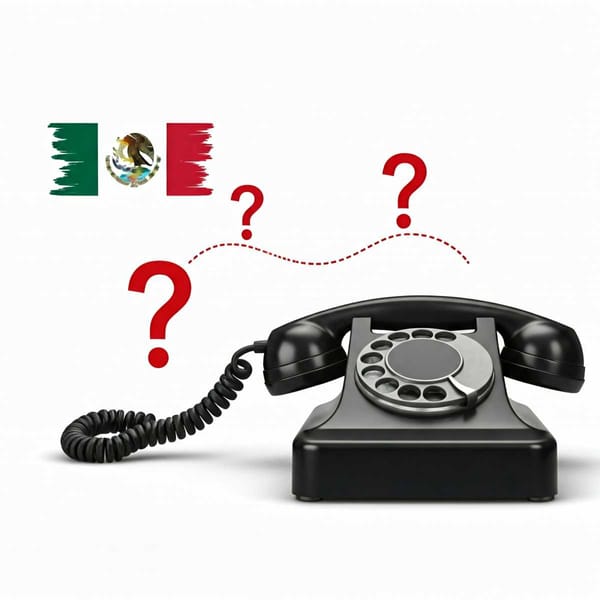Baja California Sur and sport fishing in Mexico
Baja California Sur is the national leader in the distribution of permits for sport fishing with 120,000 concessions a year.

The Gulf of California and the Pacific embrace the Mexican state of Baja California Sur, which with 2,230 kilometers of coastline has unique conditions for the development of aquatic-economic activities and is a national leader in sport fishing. The state is located in northwestern Mexico and constitutes the southern portion of the Baja California Peninsula. It limits to the north with the state of Baja California, to the east with the Gulf of California or Mar de Cortés, and the west and south with the Pacific Ocean.
It has a unique natural beauty, which has made tourism grow exponentially in recent years, and its inhabitants have taken advantage of it. Its beaches are among the most beautiful in the country and in some you can practice surfing. Boat trips can also be made for whale watching and swimming with sea lions, as well as diving on coral reefs. Baja California Sur also has the undisputed national leader in the distribution of permits for sport fishing with 120,000 concessions a year, only below those issued by the National Fisheries Commission both in Mexico and the United States.
The technical director of the Sports Fishing Trust in Baja California Sur, Luis Antonio Garcia, told Efe that "the necessary foundations are in place to ensure that the entity is a leader in this activity." "Of the 300 tournaments (of sport fishing) that take place in the country, more than 50 are held in the state. Of them there are three very important worldwide that is the series of the Bisbiee's, which only in these three competitions add more than five million dollars for the winners." The organizers of these international tournaments have given the state the nickname of "the world capital of the marlin" because that fish is in its waters practically all year round.
Sportfishing in all its forms seeks the greatest benefit
The organizer of the Bisbiee's tournaments in Mexico, Clicerio Mercado, assures "the kilo of marlin meat is in the market between 180 and 240 pesos (from 9.2 to 12.3 dollars), and until that point, the profit ends". "In sport fishing to catch a fish you have to rent a boat, plane ticket or transport, hotels, food, and hand-held expenses, so the economic income far exceeds just over 200 pesos per kilo generated by a fishing commercial."
The numbers in the state are positive for the sector, which "is positioned as the most important tourist activity: of the nearly three million visitors (per year) 40% are fishermen, generating between 30,000 and 40,000 direct jobs and profits that They range between 3,000 and 3,500 million pesos (153.8 and 179.5 million dollars), "said Garcia, director of the Trust. From Los Cabos in the south to Guerrero Negro in the north, you can get almost all the species reserved for sport fishing, which include wahoo, marlin, Sierra, Dorado, and roosterfish.
The "catch and release" (catch and release) is a trend that in recent years has been gaining strength for the good of marine biodiversity and the health of fish populations in the area. As its name implies, this activity consists of taking out the largest fish that can be, taking the photo of the memory, and releasing it, which allows it to continue playing its ecological role. Sportfishing can be practiced from the shore, in small boats, boats over 30 feet, with diving equipment, and even kayaking, which makes this an accessible and very profitable sport.




